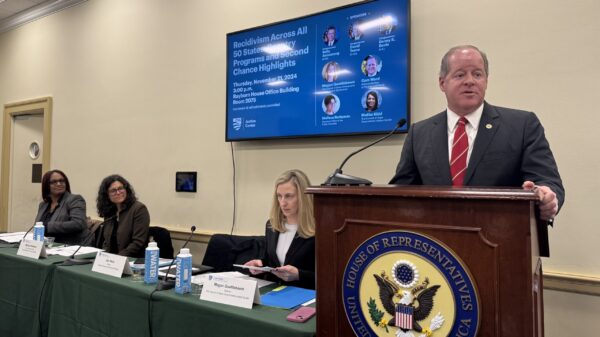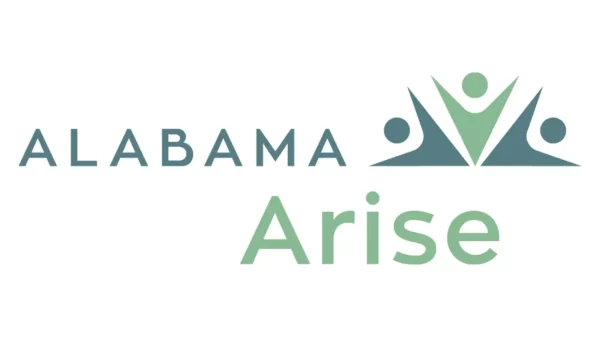EDUCATION MATTERS
By Larry Lee
It was just a little snippet of news. Just a few hundred words. And while few Alabamians probably saw it, it should have made headlines on the front page of every state newspaper and been the lead story on every TV news cast.
Because it was another glaring example of how our legislative leadership practices, “do as I say, not as I do.”
The article explained that Senate majority leader Del Marsh gave his chief of staff a $40,000 raise last year, an increase from $105,000 a year to $145,000. That’s 38 percent.
Marsh defended his action by saying that his office is “leaner” than it used to be and the good people of Alabama need to understand the context of his action.
I beg to differ with Senator Marsh. The average Alabamian does understand the context. While headlines scream every day that the state is broke and state agencies are facing draconian cuts in services, he handed out a $40,000 raise.
So maybe it is Senator Marsh (the same person who recently told a House committee that $25 million is just a small amount of money) who needs to readjust his context. He needs to understand that the vast majority of the 4.8 million people in Alabama live in the real world, not the apparent fantasy world of the legislature.
And if the senator is looking for examples of “lean,” then he needs to sit down with any of the 1,400 school principals across the state to find out how to do more with less. And none of them have received a $40,000 raise for doing so.
The same day I read the news about what Senator Marsh did, I spent two hours at Glen Iris Elementary school in Birmingham. Principal Michael Wilson oversees an excellent school, one recognized as a Banner School. One that was built in 1923 and where more than 850 students are crammed into a facility built to hold 700. One where you see professionals working with children one on one in cubicles set up in halls.
The day I was there Glen Iris was in the middle of the annual testing cycle that all third,
fourth and fifth graders take. This is given on a computer. But the school only has one computer per classroom and their computer “lab” consists of only 25 machines.
(Actually the school has two mobile carts with computers but they cannot be used for testing because of bandwidth issues)
And as is so often the case in many of our schools these days, Wilson and his staff cope as best they can. This means it takes about three weeks to test the nearly 400 third, fourth and fifth graders who have to be tested.
Glen Iris has four portable classrooms to handle overflow. (Statewide we use 778 portables for classrooms.) Third grade averages 26 students per class at Glen Iris.
As I drove away, I couldn’t help but wonder why no one has given Michael Wilson a $40,000 raise or how many computers you can buy for this amount of money.
Or how many library books $40,000 will buy since there is not a first, second, third, fourth or fifth-grader in a public school in Alabama who has ever read a new library book paid for by the state.
Twenty years ago the legislature put in place what is commonly called the “Foundation Program.” Its intent was to eliminate the inequity in state funding between poor and rich school systems. It was decided what personnel and supplies were essential to the operation of a school and that this would be funded through the state.
It was last fully funded in 2008. Ever since, all schools and all school systems have been getting more “lean” out of necessity. And no one received a 38 percent raise for doing so.
We are constantly told that we are being governed in Montgomery these days by conservatives, folks like Daddy who made every dollar squeak.
But actions speak louder than words.
Larry Lee led the study, Lessons Learned from Rural Schools, and is a long-time advocate for public education. larrylee133@gmail.com read his blog: www.larryeducation.com
























































